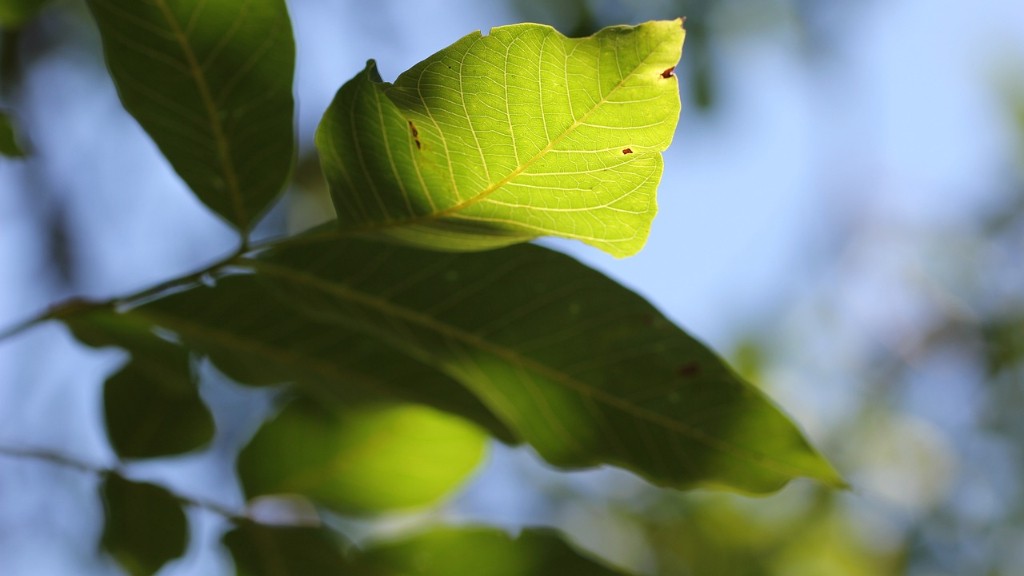One of the most popular plants in domestic gardens today is the dwarf lemon tree. This small tree can bring a fresh citrus aroma and lovely yellow fruits to any outdoor area, making it a worthwhile addition to any garden. Where do you go in order to find such a tree? Here are a few potential sources where you can purchase a dwarf lemon tree.
Firstly, you could consider looking online. The Internet offers a wide range of potential suppliers, many of which are able to deliver your tree to your doorstep in a matter of days. By conducting research online, you can find out more about which company offers the best deals with regards to price, variety and warranty.
Secondly, many local garden centers or nurseries will stock dwarf lemon trees. These stores will likely have a variety of sizes and styles on offer and may offer advice about how to care for your tree. In addition, visitors may be able to haggle on the price, as some garden centers offer discounts on their stock.
Thirdly, you could consider asking family or friends if they have any contacts who could source a dwarf lemon tree for you. This can be a great way to find good deals. And finally, it is always worth considering attending an agricultural fair or show, as these can be great places to find a vast array of plants, including dwarf lemon trees, at discounted prices.
Advantages of Buying a Dwarf Lemon Tree
A dwarf lemon tree brings a number of advantages to domestic gardens. Firstly, its small size can make it versatile and easy to place in most outdoor spaces. Even small balconies or patios can support these trees, as it is estimated that full-grown trees won’t grow higher than three meters. Secondly, dwarf lemon trees are incredibly attractive, with glossy green leaves and yellow-gold fruits. As a result, such trees can create a pleasant and welcoming atmosphere for guests.
Moreover, a dwarf lemon tree can produce fruit every year and give harvests of up to 45 fruits per tree per season. These lemons are often smaller than their larger, commercial cousins, but their zesty flavors make them perfect for cooking or juice making. Finally, dwarf lemon trees are incredibly low-maintenance and easily looked after, so any gardener, regardless of experience or knowledge, can look after such trees with ease.
How to Care for A Dwarf Lemon Tree
Caring for a dwarf lemon tree is important in order to ensure it remains healthy. Locations that receive at least 8 hours of sunlight should be found in order to ensure the tree can photosynthesize efficiently. Locations should also be sheltered from the wind in order to minimize any damage that could be caused by stronger gusts. Soil should be well-draining and have a pH between 6.0 and 6.5, along with the addition of fertilizer in the spring and autumn to support growth.
Watering is also important, with an inch of water per week required in hotter periods. Watering can be adjusted according to the needs of the soil. Exposure to frost and cold temperatures should also be avoided, as these can damage the tree or limit growth. Finally, once harvests are over, the tree should be pruned regularly to ensure its shape and health are maintained.
Which Varieties of Dwarf Lemon Trees Are Best to Buy?
When it comes to buying a dwarf lemon tree, there are four different varieties that are sold online or at most nurseries. The ‘Lemon Air’, also known as Citrus limon x meyeri ‘Lemon Air’, is a popular variety that produces bright yellow fruits that are known for their sweet flavor. The ‘Meyer Improved’ is another variety of dwarf lemon tree, producing large and juicy lemons that are perfect for juicing. The ‘Variegated Eureka Meyers’ variety has an attractive foliage, producing green and white leaves, while the ‘Lemon Star’ variety is ideal for a patio or a balcony setup, as it provides sweet and juicy fruits that can be harvested easily.
Harvesting Dwarf Lemon Trees
Harvesting dwarf lemon trees is incredibly easy and straightforward. It is best to harvest fruit when it has reached a consistent yellow-orange color, as this indicates that the fruit is ripe. It is important not to harvest any green lemons, as these are not yet ready. When harvesting, it is important to use caution and to be gentle, as plucking a lemon from the tree could cause damage to its branches. Finally, harvested fruit should be kept in cool conditions, often in the refrigerator, in order to prolong its life.
Pruning Dwarf Lemon Trees
Pruning is an important task for dwarf lemon trees and should be done regularly. Pruning should commence in early spring, and then multiple sessions throughout the season are recommended. When pruning, it is important to focus on any areas that have dead or diseased branches, as removing these will encourage better airflow throughout the tree and prevent diseases from spreading. Branches that are rubbing or crossing each other should also be pruned. This can help to keep the shape of the tree, while also lightening any dense areas. Finally, it is important to leave 8 to 10 inches between cuts, as this will reduce the risk of creating any open wounds.
Dealing With Pests and Diseases
In order to keep a dwarf lemon tree healthy, it is important to regularly check if any pests or diseases have developed on the tree. Common pests can include scale, spider mites and mealy bugs, while some of the more common diseases can include blight and canker – both of which can cause lesions on the tree and affect its growth. Removing any pests or treating diseases as soon as possible is key, as this will prevent any further damage.
Organic Solutions for Dwarf Lemon Trees
Organic solutions can also be used to keep the tree healthy. Firstly, organic pest control can be used to keep pests at bay. This includes using neem oil and horticultural soap, or introducing other insects such as ladybugs that are natural pest predators. Secondly, organic fertilizers, such as seaweed or manure, can be used. These rich sources can supply the tree with a variety of vital minerals that can help it to grow more strongly.


